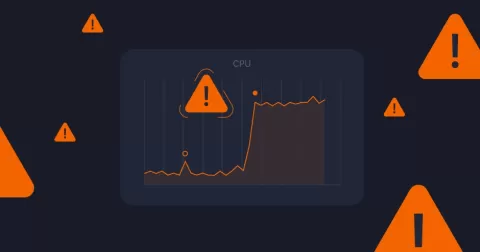10 Best Container Management Tools in 2024
Containerization has revolutionized the way software applications are deployed and managed. However, it comes with its own set of challenges. This is because of these challenges, that we opt to use different container management tools to streamline the deployment, scaling, and maintenance of containerized software. This article explores the top ten container management tools of 2024, providing insights into their pros, and cons.











